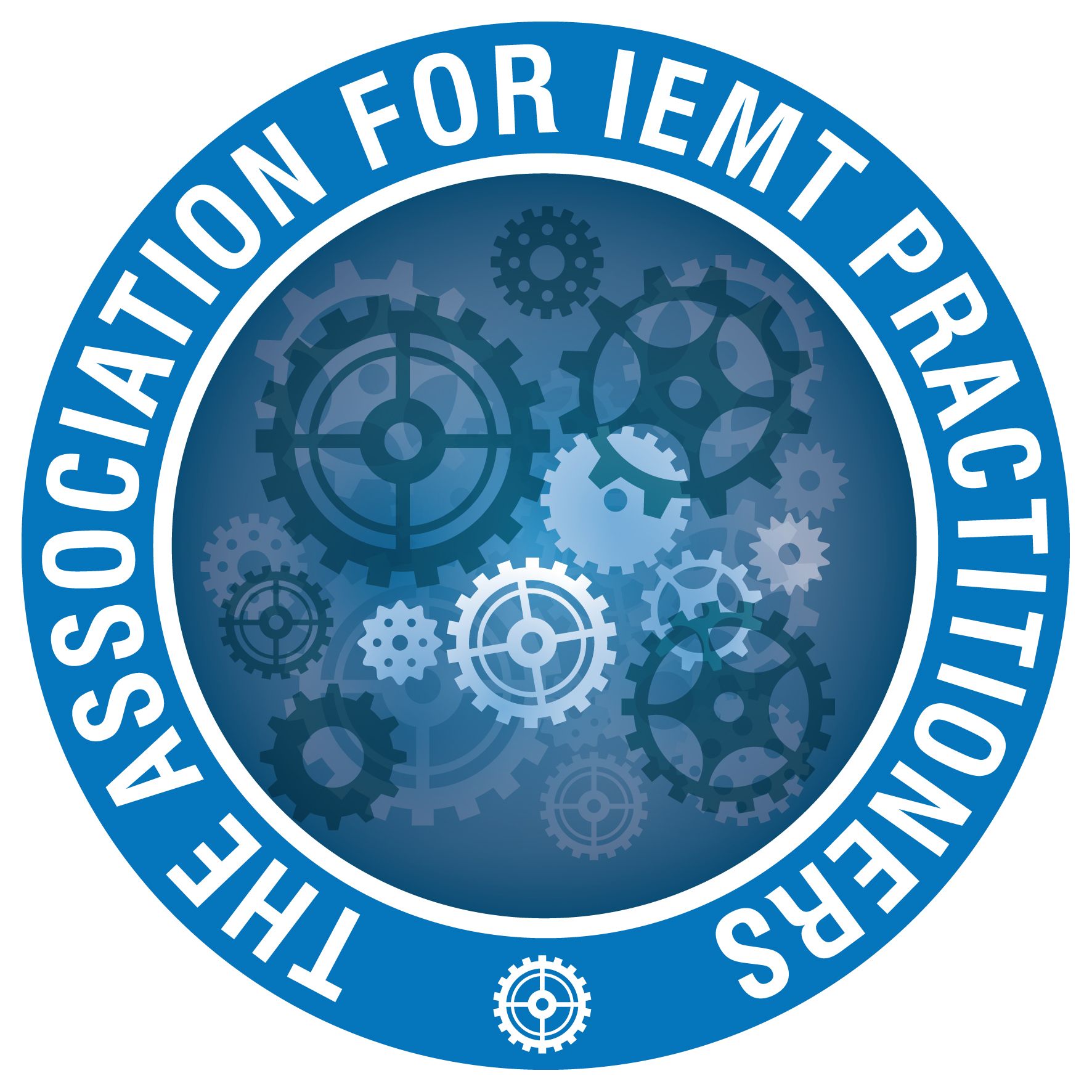Mindfulness - A Practical Guide to Finding Calm
Gavin Money • October 10, 2024
The Challenge of Finding Calm
Finding calm through mindfulness can be challenging, especially in today's fast-paced and distraction-filled world. Here are some of the key challenges people face when trying to cultivate mindfulness:
Constant Distractions
With the prevalence of technology and social media, we are constantly bombarded with notifications, messages, and information. These distractions make it difficult to stay present in the moment, pulling our attention away from mindfulness.
Busy Lifestyles
Many people lead hectic lives, juggling work, family, and social responsibilities. Finding time to slow down and be mindful can feel overwhelming or even impossible when faced with a packed schedule.
A Restless Mind
The tendency of the mind to wander, often referred to as "monkey mind," is one of the biggest obstacles to mindfulness. Thoughts constantly jump from one thing to another, making it hard to focus on the present moment without getting caught up in worries, plans, or daydreams.
Emotional Resistance
Mindfulness often involves sitting with uncomfortable emotions or thoughts without judgment, which can be difficult for many people. Facing emotions like anxiety, sadness, or anger head-on can feel overwhelming, causing resistance to the practice.
Cultural and Societal Pressures
In cultures that prioritise productivity and achievement, slowing down for mindfulness can feel counterintuitive or indulgent. The pressure to constantly be "doing" rather than "being" can make mindfulness seem like a luxury rather than a necessary practice.
Like any habit, mindfulness requires consistent practice to be effective. People often struggle to maintain regular mindfulness routines due to time constraints, lack of motivation, or simply forgetting.
So how do you develop a consistent practice and find the benefits?
It starts with choice, if you want it to happen, it will. Start small and try and find some time at the beginning of each day, even if you have to get out of bed slightly earlier to find 5 minutes of space, this will help develop a consistent routine and over time reap noticeable benefits.
Breathing exercises are an excellent place to start and the practice below will start to teach you to focus on your breath when you notice your stress levels increasing. It sounds simple because it is, and it really works.
- Sit comfortably with good posture. Looking ahead with a soft gaze, aware of everything above, below and to either side of you. Notice your feet on the ground, the weight of your body in the chair, and notice the sounds around you. Take three deep breaths and let your eyes close on the their exhale before following the exercise below:
- Exhale all of the air out of your lungs
- Inhale for 1,2,3,4
- Hold 1,2,3,4
- Exhale 1,2,3,4
- Repeat 10 times
Focussing on your breath in this way will activate the Parasympathetic Nervous System and always help you find calm. Each time a thought pops into your mind, just notice it and let it go, coming back to your breathing each time. Learn to trust in letting those thoughts go, not judging them, or thinking of a resolution. JUST LET THEM GO and come back to your breath. It's not just Buddhist monks who start their practice this way, it's also a common technique used in martial arts and the Special Forces to boost resilience.
The scientific evidence supporting the benefits of mindfulness is strong and continues to grow. Whether it's reducing stress, improving emotional health, enhancing focus, or boosting physical well-being, mindfulness offers a wide range of positive effects backed by research. These benefits make mindfulness a valuable practice for overall mental and physical health.
Join the revolution and give it a go! Start finding your calm and lead a better life.
If you would like to reduce your stress, manage those anxious thoughts or just improve your focus then get in touch and let me help you find your inner calm to lead a more enjoyable and fulfilling life.

Finding Emotional Freedom. If you’ve ever felt stuck in negative emotions, patterns of self-doubt, or past experiences that won’t let go, Integral Eye Movement Therapy (IEMT) could be the breakthrough you need. This powerful, yet gentle therapy works by helping the brain process and release emotional imprints that influence how we think, feel, and react in daily life. Unlike traditional talk therapy, IEMT doesn’t require you to repeatedly relive or discuss distressing memories. Instead, through guided eye movements, it works directly with the way emotional memories are stored, allowing you to detach from past experiences and shift into the present. This can be particularly helpful for: ✅ Reducing anxiety and stress ✅ Overcoming trauma and past emotional imprints ✅ Breaking patterns of self-doubt and low self-worth ✅ Addressing phobias and fears ✅ Improving confidence and resilience IEMT is fast-acting, effective, and works well alongside hypnotherapy and other therapeutic approaches. Many clients notice a shift in emotional intensity after just one session, feeling lighter, clearer, and more in control. If you’re ready to break free from the past and step into a more confident version of yourself, get in touch to learn how IEMT can help grow@gavinmoneytherapy.uk #IEMT #EmotionalHealing #AnxietyRelief #OvercomingTrauma #TherapyForChange

January can be a challenging time for many. The excitement of the festive season passes, the days are still short and dark, and financial or personal pressures often come into focus. It’s no surprise that searches for mental health support, particularly for issues like anxiety and low mood, spike during this month. If you’re feeling the weight of the “January Blues,” hypnotherapy could offer the help and relief you need. How Hypnotherapy Can Help Hypnotherapy is a safe, effective way to address the emotional and mental challenges that often surface during this time of year. By working directly with your subconscious mind, hypnotherapy helps you uncover and shift unhelpful thought patterns, empowering you to feel more in control and at ease. Here are a few ways hypnotherapy can support you in January: Reducing Stress and Anxiety: Hypnosis induces a deep state of relaxation, which can help to calm the mind and reduce overwhelming feelings of stress or anxiety. With tailored suggestions, you can build resilience and foster a sense of calm, even in the face of life’s challenges. Overcoming Negative Thought Patterns: Persistent feelings of sadness or hopelessness are often driven by unconscious thought patterns. Hypnotherapy can help you identify these and replace them with more positive, empowering beliefs. Improving Sleep: Many people struggle with poor sleep during the darker months, which worsens mood and energy levels. Hypnotherapy can help reset your sleep patterns, guiding you to rest deeply and wake up feeling refreshed. Boosting Motivation: Whether it’s starting new habits or just getting through the day, hypnotherapy can help ignite a sense of purpose and drive by reconnecting you with your goals and inner strengths. Developing Self-Compassion: January often comes with a sense of guilt or self-criticism, especially after the indulgences of the holidays. Hypnosis can help you cultivate self-compassion, leaving you feeling more supported and hopeful as you move into the year. A Fresh Start with Hypnotherapy The new year doesn’t have to feel heavy or overwhelming. Hypnotherapy offers a practical and effective way to reset your mindset and step into the year with more ease, clarity, and confidence. If you’re struggling with the January blues, consider trying hypnotherapy as part of your self-care routine. It might just be the fresh start you’re looking for. Take the first step toward a lighter, brighter you—contact me today to book a session. You deserve to feel good, not just in January, but all year long. email grow@gavinmoneytherapy.uk

Alex (pseudonym) was 42 years old, feeling stressed, stuck in a job he didn’t enjoy, and battling unhealthy habits like smoking and overeating. His life felt out of control, but hypnotherapy helped him turn things around. Here’s Alex’s story, told in his own words through an interview. Q: What made you decide to try hypnotherapy? Alex: "I was at a breaking point. My job was so stressful, and I felt trapped, I wasn’t happy, but I didn’t know how to make a change. To cope, I was smoking, drinking and overeating, but those habits made me feel worse about myself. I wanted to quit smoking, lose weight, and feel better, but it felt like too much to tackle on my own. When I heard hypnotherapy could help with stress and habits, I thought, Why not give it a try?” Q: What were your first sessions like? Alex: "I was nervous at first because I didn’t know what to expect, but I was surprised by how relaxing it was. In the first session, we focused on reducing my stress. That was a big one for me, I didn’t realise how much tension I was carrying all the time. By the end of the session, I felt calmer than I had in years. It gave me hope that I could actually make changes." Q: How did hypnotherapy help you quit smoking? Alex: "I’d tried to quit so many times before, but it never stuck. Hypnotherapy was different because we worked on the triggers that made me reach for a cigarette, like stress or boredom. During the sessions, I started to see smoking in a completely different way. It wasn’t a 'reward' anymore, it was just something holding me back. After a few sessions, I didn’t even feel like I needed cigarettes anymore. I’ve been smoke-free ever since." Q: What about your relationship with food? Alex: "Overeating was tied to my emotions. I was eating to comfort myself, not because I was hungry. During hypnotherapy, I started to recognise those patterns and make better choices without feeling like I was depriving myself. It wasn’t about dieting, it was about feeling in control. I’ve lost over 9 kilos, and I actually enjoy eating healthier now. It’s been a game-changer." Q: How did hypnotherapy help you with your career? Alex: "This was one of the most unexpected parts of the process. I went into hypnotherapy thinking I just needed to quit smoking and lose weight, but as the stress lifted, I started thinking more clearly about what I actually wanted in life. I realised I’d been stuck in a job that didn’t make me happy for years because I was too afraid to make a change. Through hypnotherapy, I found the confidence to explore my passions, and now I’m working on starting my own creative business. It’s exciting, and for the first time, I feel like I’m moving forward." Q: What’s the biggest change you’ve noticed in yourself? Alex: "I feel free. Free from stress, free from cigarettes, free from the habits that were holding me back. I have more energy, more confidence, and I’m actually excited about the future. It’s not just about the changes I’ve made, it’s about feeling like I’m in control of my life again." Q: What would you say to someone considering hypnotherapy? Alex: "Just do it! I was skeptical at first, but it’s been the best decision I’ve ever made. It’s not a quick fix, you have to be open to the process, but it works. If you’re feeling stuck like I was, hypnotherapy can help you get unstuck and start living the life you want." Alex’s journey shows how powerful hypnotherapy can be to help you break free from unhealthy habits, reduce stress, and create lasting change. If you’re ready to take control of your life, why not take that first step today? 👉 Start your journey now with a free consultation - contact me at grow@gavinmoneytherapy.uk #Hypnotherapy #Transformation #NewYearNewYou #StressRelief #QuitSmoking #WeightLoss #CareerChange #PersonalGrowth


